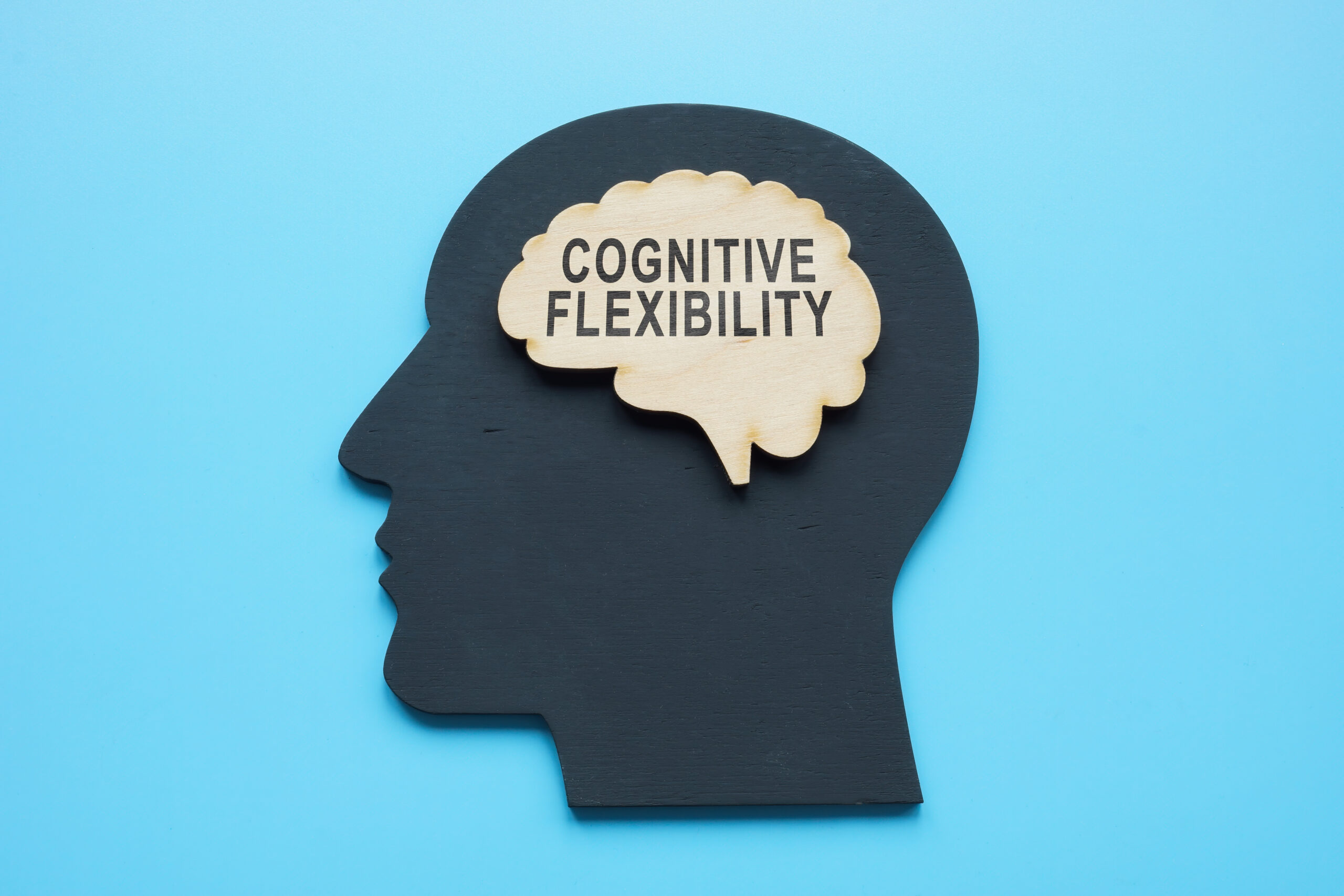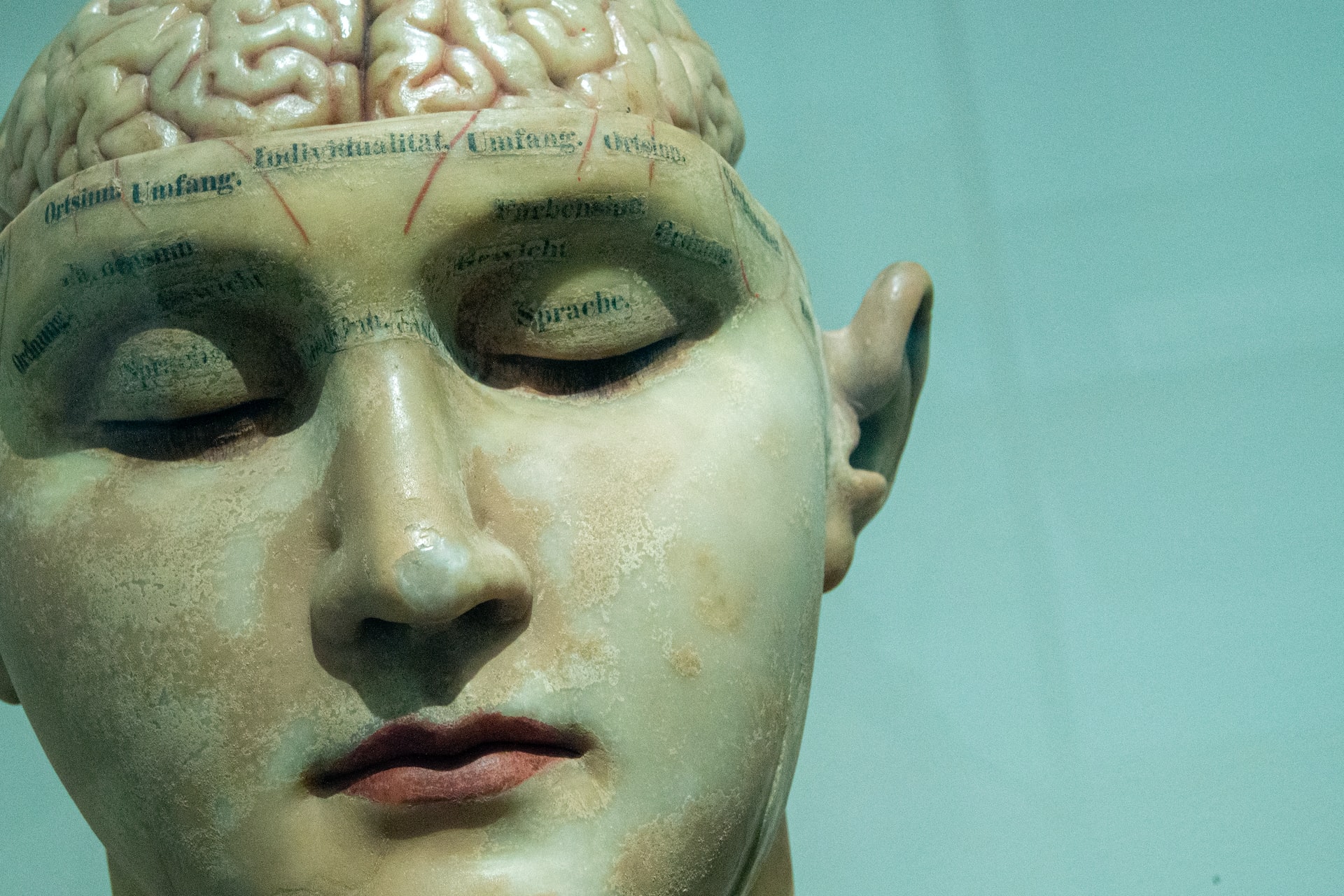Tell me about brain ischemia treatment
Brain ischemia is a medical condition that occurs when there is a decrease in blood flow to the brain, leading to a lack of oxygen and nutrients to brain cells. It is a serious condition that can result in long-term brain damage if left untreated. In this article, we will discuss the various methods and options available for the treatment of brain ischemia.
The treatment of brain ischemia primarily focuses on restoring blood flow to the affected area of the brain and preventing further damage. The specific treatment plan will depend on the severity of the condition, the underlying cause, and the individual’s overall health.
The first line of treatment for brain ischemia is usually medication. This may include blood thinners, such as aspirin or heparin, to prevent blood clots from forming or growing larger. If a blood clot is the cause of the decreased blood flow, they may also administer thrombolytic drugs to dissolve the clot and restore blood flow.
In some cases, surgery may be necessary to treat brain ischemia. This can be done through two main procedures – carotid endarterectomy and angioplasty. A carotid endarterectomy involves surgically removing plaque buildup from the carotid artery, which supplies blood to the brain. This procedure is typically recommended for patients with severe blockages in this artery. On the other hand, angioplasty involves inserting a tiny balloon into the affected artery and inflating it to widen the space for blood flow. A stent (a small mesh tube) may also be placed to keep the artery open.
Another method of treating brain ischemia is through rehabilitation. This approach focuses on helping individuals regain lost skills and adapt to any permanent damage caused by the lack of oxygen to the brain. Rehabilitation may involve physical therapy, occupational therapy, speech therapy, and cognitive therapy. These therapies can help with muscle strength and coordination, daily living activities, communication skills, and cognitive functioning.
In addition to these traditional treatment methods, there are also some newer and alternative options available for brain ischemia treatment. These include:
1. Hyperbaric oxygen therapy: This involves breathing in pure oxygen in a pressurized chamber to increase the amount of oxygen in the blood and promote healing in the brain.
2. Acupuncture: This alternative treatment involves inserting thin needles into specific points on the body to stimulate blood flow and promote healing.
3. Stem cell therapy: This treatment uses stem cells to repair damaged brain tissue and promote new blood vessel growth in the affected area.
It is important to note that early detection and prompt treatment are crucial for successful recovery from brain ischemia. In some cases, the damage caused by this condition can be irreversible, so seeking medical attention as soon as possible is essential.
Furthermore, lifestyle changes can also play a significant role in preventing and managing brain ischemia. These may include maintaining a healthy diet, exercising regularly, quitting smoking, and managing any underlying health conditions such as high blood pressure, diabetes, or high cholesterol.
In conclusion, brain ischemia is a serious medical condition that requires immediate treatment to prevent long-term damage to the brain. With advancements in medical technology and various treatment options available, there is hope for individuals suffering from this condition. It is important to work closely with a qualified healthcare professional to determine the best course of treatment for each individual case. Early treatment and lifestyle modifications can go a long way in improving the outcome of brain ischemia treatment.





